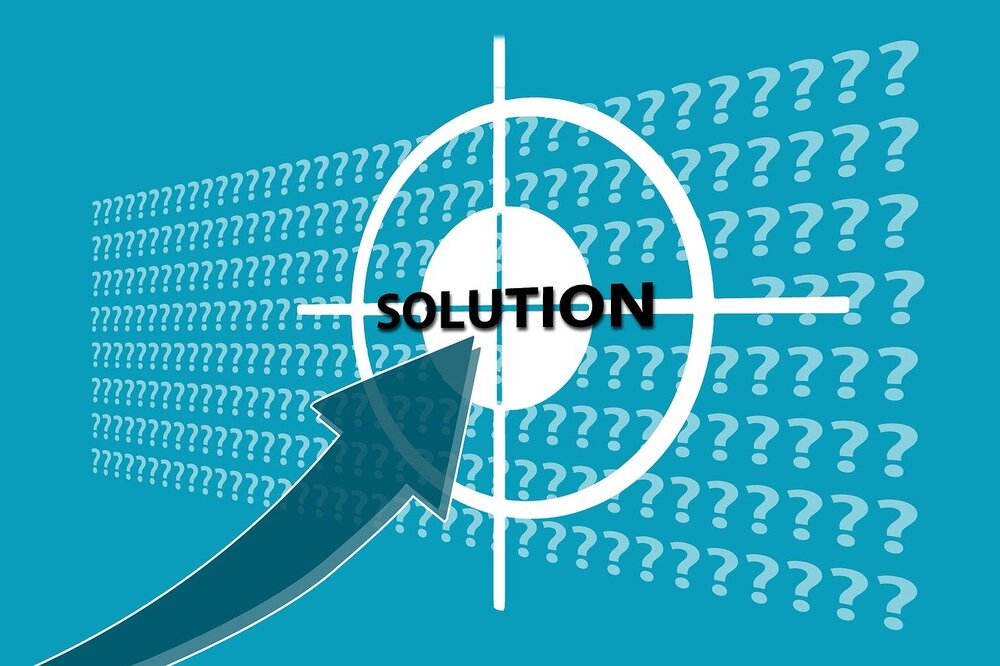We offer you and your projects’ partners a win-win solution based on a solid, long-lasting, fruitful relationship
You outsource the mundane & concentrate on what you do best
_This article is part of a blog series on New technologies, like virtual design and visualization, that are often used in construction project management. When we discuss these technologies, the term used is Virtual Design and Construction (VDC).
Designers, architects, and engineers using BIM agree that it has transformed how design must be done.
BIM is the most popular Virtual Design and Construction (VDC) tool. It allows us to produce virtual models of non-existent buildings or structures.
BIM usage in construction is becoming more popular at every stage of a project’s life. To optimize your cost savings and ROI to support customization, choices are endless
The BIM market is expected to grow rapidly, despite owners and developers of commercial construction projects putting the brakes on new work after President Donald Trump levied fresh tariffs on more than 180 countries. Trump announced a 10% baseline tariff for all U.S. trading partners.
BIM Modular Director Geoffrey Jennings says:
Most disciplines now utilize BIM in their design process. Over 98% of large architecture firms in the U.S. have adopted BIM, and over 30% of small firms use it for some modeling and documentation. The collective BIM adoption rate in the design industry is 80%.
BIM helps you automate and integrate your processes to improve efficiency, communication, and collaboration, which far exceeds those of the traditional construction processes.
Cloud-based construction tools continue to advance. BIM offers distinct levels of programming, up to comprehensive Facility Management Information for the Entire Lifecycle
BIM offers digital, 3D models to visualize the construction project requirements. This allows all stakeholders to understand the implications of their decisions at every stage.
Stakeholders can visualize, simulate, and perform cash detection, allowing designers to optimize designs and identify potential issues early, in the process, to avoid costly reworks.
Better collaboration, communication, and coordination among the team members allow real-time monitoring of the construction work by comparing the current construction stage with the planned design.
BIM is a unique source of information for facility managers, including maintenance reports and operating procedures, facilitating efficient maintenance and operation. This information is very useful for predictive maintenance. It allows quick and accurate analysis of data in real-time on equipment performance and condition.

One day, I, Driving Vision CEO, met my friend Sean, a builder. We discussed SmartLeanBIM, which advocates the right BIM, at the right time, by the right people, specifically for the right reasons.
I started the conversation by saying that in the construction industry, we traditionally design and then work out all the mistakes during construction.
With BIM, during the design stage, we create a digital prototype of the asset, eliminating rework and waste. But BIM is more than just software or a tool - it is a culture, a new way of working.
BIM has multiple teams and uses, including marketing and facility management.
"Nothing new here", said Sean.
I agreed but added that traditionally, teams work independently, and tools are uncoordinated with the rest of the workflow.
We rely on manual processes, including Excel and Word, and we use an internal drive and sometimes a separate cloud-based system for documentation. But since the two systems are not synchronized, teams must double the work by saving documents in both systems.
Since not everyone has access, collaboration can be cumbersome and time-consuming.
Without a single repository for information, projects lack standardization.
Site managers and designers often have their own way of labeling and storing documents, which makes it difficult to track down information quickly and makes auditing company procedures unreliable.
The industry has great Authoring and Analysis tools. We are still slow to use business management platforms for BIM Management.
I ended the conversation by saying BIM is about collaboration, which helps remove silos, enhance communication, and facilitate planning. It helps improve the visualization of the design before starting the construction process, and it facilitates handing over the project when the construction is finished.
The steps are plan, scope, schedule, track, and verify, making the project management easy. This helps streamline the BIM Execution Planning (BEP), reduce the admin burden, simplify the management of BIM tasks, and connect the BIM requirements to the model for BIM compliance.
When implemented, BIM helps visualize a project.
You can see all the specs, information, and a 3D model. This improves communication among all stakeholders and helps the decision process to finish the project on time and on budget.
BIM helps to visualize future projects before they start.
You can spot errors before starting the construction process, revise the plan to improve it, and mitigate risks as early as the design phase.

With BIM, you can mitigate risks from human errors, rework, overspending, and delays. You improve construction site efficiency and track your projects accurately and easily.
Collaboration between architects, engineers, contractors, owners, and facility managers is difficult to manage if you only rely on emails, reports, and phone calls.
With BIM, all disciplines collaborate closely. They can use BIM management platforms such as Plannerly to communicate and agree on the scope of work, review clashes, resolve schedule overlaps, and communicate remedies and new plans to meet client requirements.
Cloud-based BIM team members can access information via mobile devices to get the latest data any time, from anywhere.
With BIM, all stakeholders are interdependent; they organize their schedules and activities collaboratively, leading to efficient and speedy deliveries.
BIM, virtual reality (VR), and artificial intelligence (AI) allow your construction project teams to fully visualize the project before the shovel hits the ground.
The 3D models reviewed in VR during the design allow your client to feel and visualize the construction as if it were real. The points of improvement discussed earlier eliminate time-consuming and costly reworks.
Studies show that in the US, construction project team members spend 35% of their time on non-value-added tasks like conflict resolution or retrieving project data.
This represents 14 hours per week per employee of lost productivity.
These inefficiencies cost the industry, in the US only, $177 billion. This report analyzes data from McKinsey, Dodge Data & Analytics, Autodesk, etc.
The report offers an evaluation of solutions that can recapture lost efficiency.
The benefits of BIM visualization at the initial stages include risk mitigation, lower insurance costs thanks to reduced claims, fewer errors and accidents, and promoting prefabrication solutions better than on-site construction.

Automating processes and integrating them into one unique system, your company's productivity may increase. This allows you to plan activities and set schedules accurately, making your project teams aware of what to do and deliver higher-quality projects on time and on budget.
Automated processes improve the efficiency of the design process, reduce waste during the construction process, and improve the quality and efficiency of the building in operation.
Driving Vision's BIM expertise diagnostic audits how you can eliminate waste (time and material) and improve your margins, and the quality of the information provided during the design and construction phases.
A Driving Vision expert will conduct the interviews online and issue a report to discuss our findings with you. Together, we will decide on the best way to implement the solutions at your pace and according to your budget.
Implementing BIM can be daunting, but Driving Vision is here to help you at the pace you are comfortable with. Get started by getting in touch now
We act as your BIM coordinator
We Support your BIM IT
We Train & Coach you
We Innovate in Technology
We offer you and your projects’ partners a win-win solution based on a solid, long-lasting, fruitful relationship
You outsource the mundane & concentrate on what you do best
